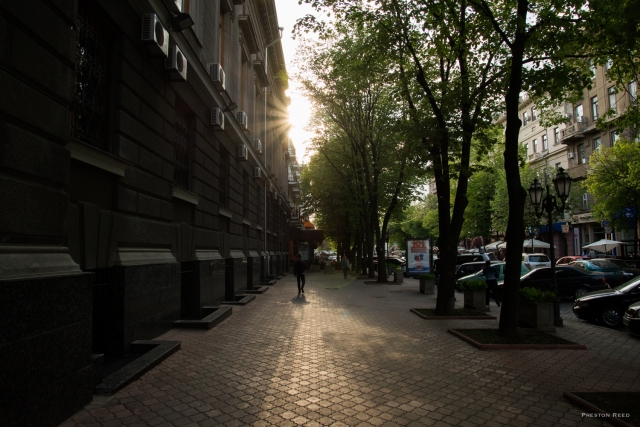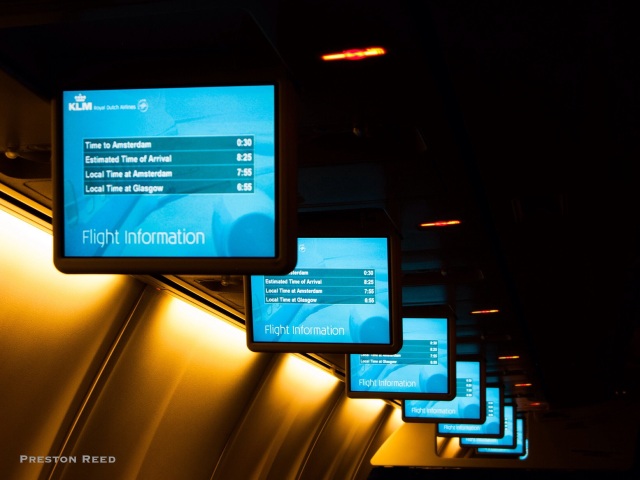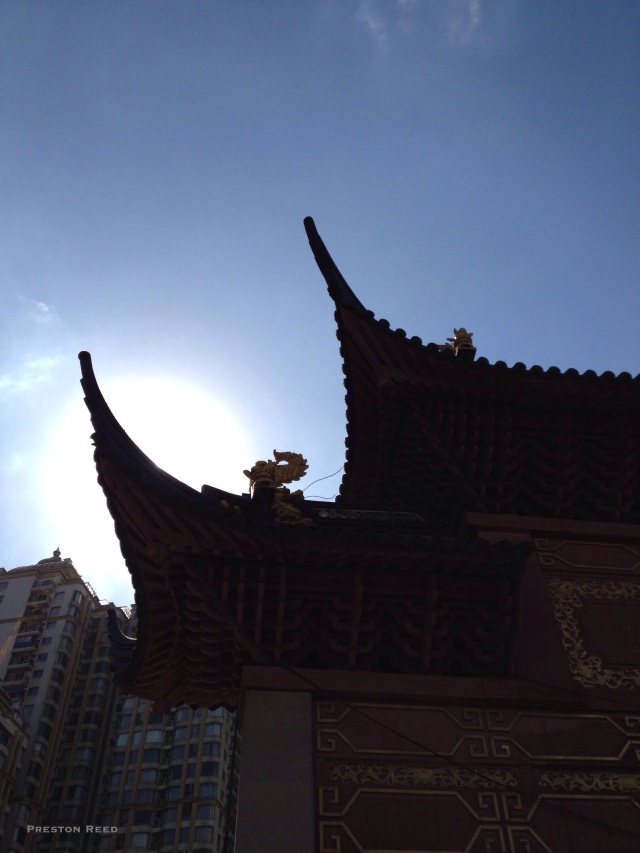I had always wanted to see Odessa, ever since watching the 1925 Sergei Eisenstein film The Battleship Potemkim in high school. The brilliantly-conceived scene of horror and tragedy distilled into an ironic symbol — a baby in a buggy rolling back down the steps after the mother has been shot by the Czar’s Guards — had stayed cemented in my mind for four decades.
When I was offered a chance to perform at the UNESCO International Jazz Day Festival in Odessa at the end of April, I was thrilled.
With the political crisis Ukraine is in right now, I knew there were some risks…but I was willing to take them for the chance to experience the city.
Odessa is now, after Russia’s recent annexation of Sebastopol and Crimea, the largest port of the Ukraine. It is a vibrant, safe, cosmopolitan city of tree-lined streets, gardens and parks with multiple museums, a grand concert hall, a period-defining opera house, outdoor cafés, restaurants, bars and colourful street culture.
It is a city to stroll through, relax in and explore. The people are friendly, the food is wonderful and international (although my favourite was the Ukrainian food — the variniki dumplings are incredible), the architecture stunning and the ambiance decidedly romantic.
My Ukrainian guide and translator during my stay — a six-foot tall woman named Olga Kravtsova — gave me a tour of the centre of the city the first day, starting with the Potemkin Steps and a vista of the port and the Black Sea spreading out behind it (I told her it was the first time I had ever seen the Black Sea. She said, “Make a wish.” I did).
Olga had many stories to tell about the history of Odessa — of the illustrious personages who had built the city (Odessa is only 220 years old), the famous writers and artists who had lived there (Pushkin, Gogol, Tolstoy and Tchaikovsky all lived in Odessa at different times), and some interesting facts (e.g. while walking along a cobblestone street, I was told that the stones came not from the countryside around the city but rather were ballast stones from ships that had visited the port).
We walked across the famous “mother-in-law” bridge built by one of the city’s founders — the Duke of Richelieu — to keep his mother-in-law at arm’s length. The rickety, romantic bridge is the traditional scene for “first kisses” and marriage proposals, and has thousands of padlocks attached to the railings symbolising bonds of love…and now endangering the bridge’s structural integrity.
One afternoon when I stepped out of my hotel (the Londonskaya Hotel, one of the city’s landmark buildings on the lovely, park-lined Primorsky Bulvar), a strolling couple stopped and looked at me, wide-eyed. “Are you Preston Reed?” the man asked. He had just seen me in a video and couldn’t believe he was seeing me in the flesh. He and his partner were down from Moscow for a break.
That’s the kind of city it is.
I played two performances while I was there, one in the beautifully restored 19th Century Philharmonic Concert Hall and one in a park in the city centre the next night. The audiences for both shows were warm, appreciative and enthusiastic.
Afterwards, my hosts expressed relief that there had been no political disturbances at either of the shows.
During my time there I observed two gatherings of pro-Ukraine supporters (at the top of the famous steps) equipped with megaphones and Ukrainian flags, but the gatherings were peaceful.
A city with a strong sense of pride and identity, Odessa has all along tried to stay out of the current political conflict.
The feeling I got from the people I met there was that they were not going to give in to the fear and politically-motivated provocation in the air.
Sadly, despite Odessa’s bid for neutrality, it is being dragged into the conflict by outside elements.
I left Odessa on Friday, the first of May, in the morning. A few hours later armed pro-Russia supporters took over the Trade Unions Building. Forty-six people died that day, most from smoke inhalation when the building caught fire during Molotov cocktail exchanges with pro-Ukraine supporters.
It was shocking to hear about violence and death in the place I had just left. Everyone I had spoken to while I was there was expecting trouble in the near future from the pro-Russians, but certainly not a tragedy of such magnitude.
I was worried for the friends I made while was there, but they are ok — for now.
I hope the people of Odessa and the Ukraine survive this test of their solidarity and identity as a nation.
It is a special place that I want to visit again.


























